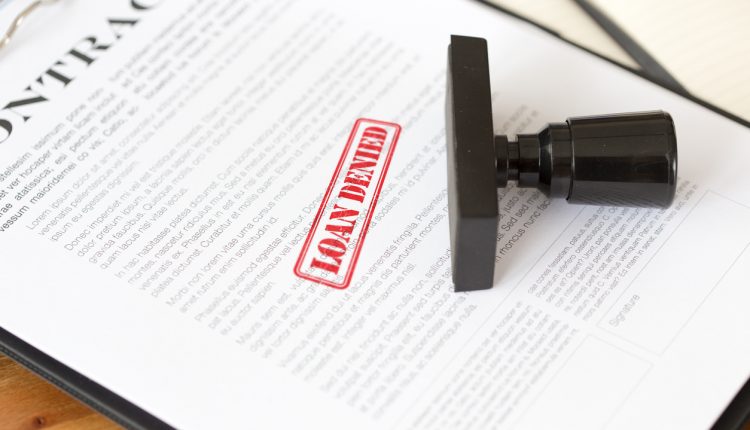The British Business Bank’s Bank Referral Scheme was setup in November 2016 to reduce the number of small businesses that fail because they fall at the first hurdle in attempting to secure finance to grow their business. Here, Daniel Bailey, Managing Director of the lender Arkle Finance, explains for CEO Today why this well-intentioned solution is limited by its current shortcomings.
Despite the Treasury’s best attempts to restore a semblance of order after a tumultuous couple of years for small businesses, its flagship initiative to return confidence to the ‘backbone of the economy’ has been something of a misfire.
The scheme’s concept was well-meaning; this is, after all, a big issue. In 2015, a quarter of SMEs that sought a loan or overdraft from their main bank were rejected – and only 3% of those were then referred to other sources for help.
That leaves a sizeable number of businesses without finance and unsure of where to turn next. Small businesses have historically been fairly blinkered when it comes to accessing funding. As it stands, nine in 10 SMEs get their business loans from the bank where they have their current account, which reinforces the sense that business leaders aren’t always aware of finance options outside of their main bank.
The Bank Referral Scheme’s aim was to address this key lack of awareness. Businesses who had their loans rejected would then be funnelled towards four finance platforms – namely Funding Xchange, Funding Options, Business Finance Compared and, more recently, Alternative Business Funding.
In theory, this would then see companies get a second bite of the cherry while at the same time fixing the awareness issue that has seen so many small businesses caught in a sort of funding limbo.
The reality hasn’t quite matched expectations; in August 2017, nine months after the scheme launched, a lacklustre 2.8% of the 8,100 businesses referred through the scheme have been able to drawdown finance. That’s £3.8 million over the course of nine months – or roughly £422,000 a month if you want to think of it in those terms.
So what can account for such low lending figures? Well, the structure of the scheme has a lot to do with it.
The four companies setup to catch these rejected loans may not always be best placed to deal with the variety of enquiries. These ‘alternative’ finance platforms have ridden a boom in recent years – their successes have been due to the automation of at least part of the commercial lending process.
In essence they came about as a solution to the traditional commercial funding process through high street banks, which is often a laborious and time-consuming procedure. That solution has a place and appears to serve vanilla loan applications well.
However, by referring small businesses to these platforms, the scheme is essentially overlooking some of the main issues SMEs face when seeking funding. No small businesses’ needs are the same, which is why there is no off-the-shelf financial product in the commercial sector – something which the scheme fails to take into consideration.
There’s also the sense that the BRS fails to address the central issue facing small businesses – a lack of awareness of the funding options available to them.
In its current form, the scheme refers rejected businesses elsewhere, only for them to get stuck in another form of bottleneck. This does little to broaden their knowledge of the financial options that might be available to them – it only compounds the feeling that they’re caught in another process-heavy snare.
While there’s no quick fix to this awareness issue, there are things that policymakers could do to raise the profile of lenders and the products available outside the main channels.
Expanding the scope of the scheme to include brokers and ‘alternative’ lenders, for example, would certainly help here.
Back in August the Business Bank admitted that part of the reason for the slow lending rate was the number of businesses coming to them without fully formed business plans. Brokers and specialist lenders may help business owners flesh out their nascent ideas into plans that they’d be happy to lend against – which is something that the scheme’s platforms aren’t currently set up to do.
The assumption that a business owner always arrives with a fully formed concept is simply naive. Looked at in this way, it’s hardly surprising that the BRS isn’t processing loans at the rate it had predicted.
For all its faults, the Bank Referral Scheme is ultimately well-intentioned. For it to start working effectively though, the Treasury needs to realistically assess the scheme’s failings and limitations. Only then will we be in a position to start fixing it.



